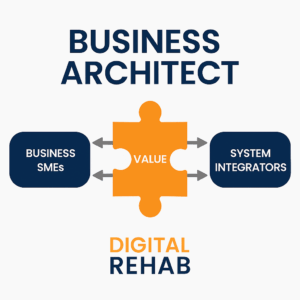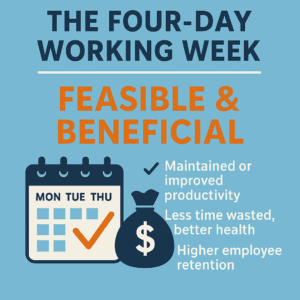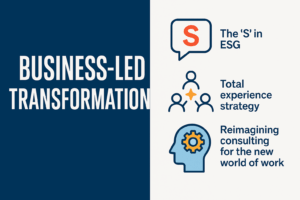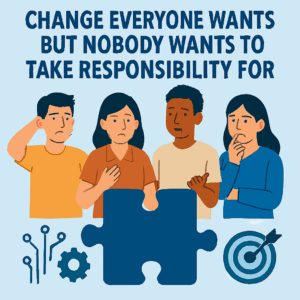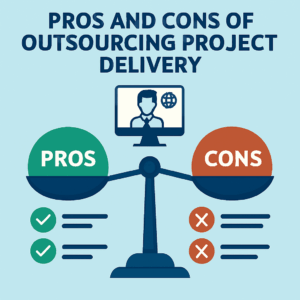In an environment where everyone seemingly is a self professed expert on all things transformation, I am stunned by how little content is available that talks of the importance & critical role played by the Executive (and CEO). What exactly should the Executive (or CEO) be doing, and how different is this role from that of the executive team or the Sponsor(s) for the transformation? These are key questions which are worthy of further assessment.
Having worked on over 20 transformation projects, I have first hand witnessed both active and passive roles played by the Executive and wish now to highlight what is needed for transformation to be successful.
Now, given that every business is different and appreciating that no one size fits all, the exact nature of the Executive role will be influenced by a large number of factors not least of which the size, urgency, nature of the transformation, capabilities and weaknesses of the business and finally the style and experience of the leader(s) involved in the business.
That said, I have identified FOUR (4) key areas of critical importance for the Executive leadership to actively participate in in order for transformation to be successful:
- Making the transformation meaningful. People will go to extraordinary lengths for causes they believe in, and a powerful transformation story will create and reinforce their commitment. The ultimate impact of the story depends on the Executive’s willingness to make the transformation personal, to engage others openly, and to spotlight successes as they occur and are delivered
- Engender the right change mind-sets and behaviour. Successful Executives typically embark on their own personal transformation journey. Their actions encourage employees to support and practice the desired new types of behaviour
- Resource & build a strong and committed team. To harness the transformative power of the transformation team, the Executive must make tough decisions about who has the ability and motivation to make the journey and pre-empt where resistence may be encountered
- Relentlessly pursue impact. There is no substitute for a CEO or an Executive rolling up their sleeves and getting personally involved when significant financial and symbolic value is at stake. This involvement created impact that inspires and motivates teams and diverse stakeholders and more often than not best ensures adoption and take up
Everyone has a role to play in a businesses transformation. The role of CEOs and the Executive is unique in that they stand at the top of the pyramid and all the other members of the business take cues from them. CEOs who give only lip service to a transformation will find everyone else doing the same. Those who fail to corrale stakeholders and to drive change in behaviours or who opt out of vital transformationinitiatives risk seeing the transformation lose focus.
Making the transformation meaningful
Transformation requires extraordinary energy. All employees must rethink and reshape the business while continuing to with business as usual (BAU) duties. This energy can be created and harnessed only if and where Executive buy-in and support is understood and absolute such that the Executive can empower, excite and inspire that the business comes along for the journey.
Power of a personal touch
CEOs who take time to personalise their approach to transformation can unlock significantly more energy for it than those who dutifully present the PowerPoint slides that their working teams created for them.
Openly engage others
When a CEO’s version of transformation is clear, success comes from taking it to employees, encouraging debate about it, reinforcing it, and prompting people to infuse it with their own personal meaning.
Celebrate every success
As the company’s transformation progresses, a powerful way to win over support from others is to celebrate the wins and reinforce the benefits to be come. Sharing wins helps crystallize the meaning of the transformation and gives people confidence that it will actually work.
Focusing on the errors can generate feelings of fatigue, blame, and resistance. Emphasising what works well and discussing how to get more out of those strengths taps into creativity, passion, and the desire to succeed.
Lead by example and transform yourself
Executives must embrace change early and be the role model. Accordingly they need to transform themselves before they can expect others to follow suit.
Take radical action
The quickest way to send shock waves through a business is to execute a series of high visibility acts signaling to employees that they should behave in ways appropriate to a transformation and support these types of behaviour in others.
Invest team time
Even with the right team in place, it takes time for a group of highly intelligent, ambitious, and independent people to align themselves in a clear direction. Typically, the first order of business is for members to agree on what they can achieve as a team (not as individuals), how often the team should meet, what transformation issues should be discussed, and what behaviour the team expects (and won’t tolerate). This can then be periodically reviewed to gauge performance.
Roll up your sleeves
Initiatives with a significant financial or symbolic value require the CEO’s personal involvement for maximum impact. This serves to ensure decisions are made quickly, enable consensus and engagement to be secured and priority to be given.
Leaders must be willing to roll up their sleeves and help resolve difficult operational issues.
Hold leaders accountable
Successful executives never lose sight of their management responsibility and need to drive accountability across the business.
Executives & CEO’s also play a critical role in ensuring an appropriate balance between near-term profit initiatives (those that deliver performance today) and organisational-health initiatives (those that build the capacity to deliver tomorrow’s results).
For Executive’s leading transformation there is no single model that guarantees success. That said, making transformation meaningful, building a strong and committed team, and relentlessly pursuing impact. Together, these can powerfully generate the energy needed to achieve a successful transformation.







